Even the most forgetful plant parent can find success. You don’t need daily watering schedules or perfect light conditions to enjoy greenery indoors. If your home feels like a plant graveyard, it’s time to meet some indoor champions—plants that thrive on neglect and bounce back from beginner blunders.

Contents
Why These Plants Work for Hectic Schedules
Low-maintenance plants are built for busy lives. They have three key survival traits: minimal watering (once every 2–3 weeks), tolerance for forgetfulness, and lighting adaptability. This means you can juggle your schedule while still enjoying leafy company—no plant guilt required.
Best Low-Maintenance Indoor Plants
Snake Plant
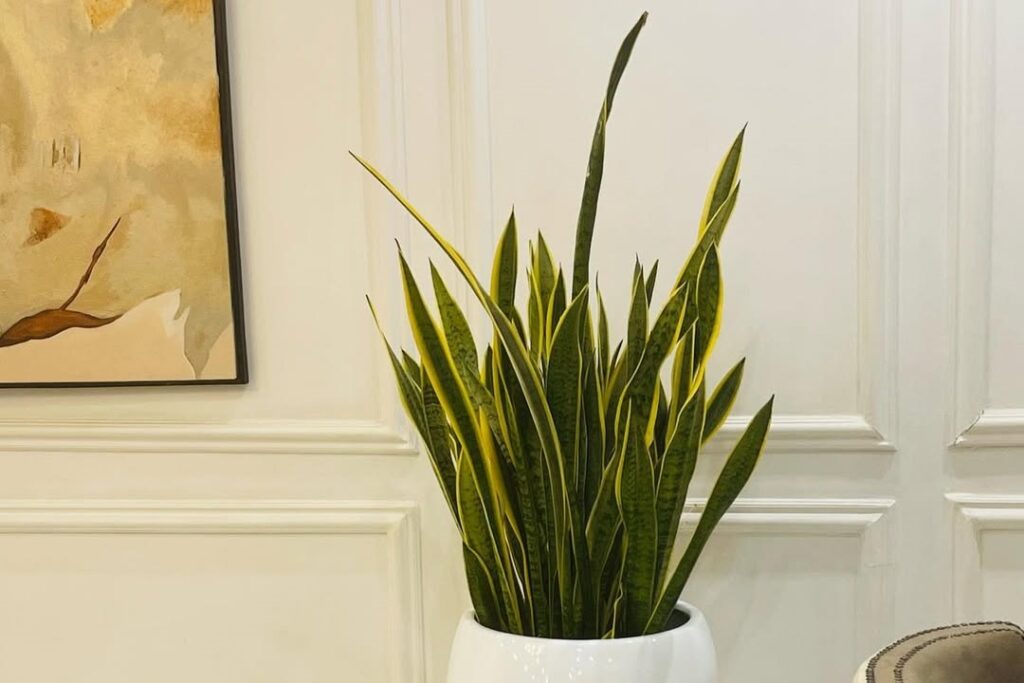
Stores water in thick, upright leaves and only needs watering when soil is completely dry. Thrives in everything from low light corners to bright windows. Recovers from overwatering and drought. Great for beginners thanks to its hardiness.
ZZ Plant
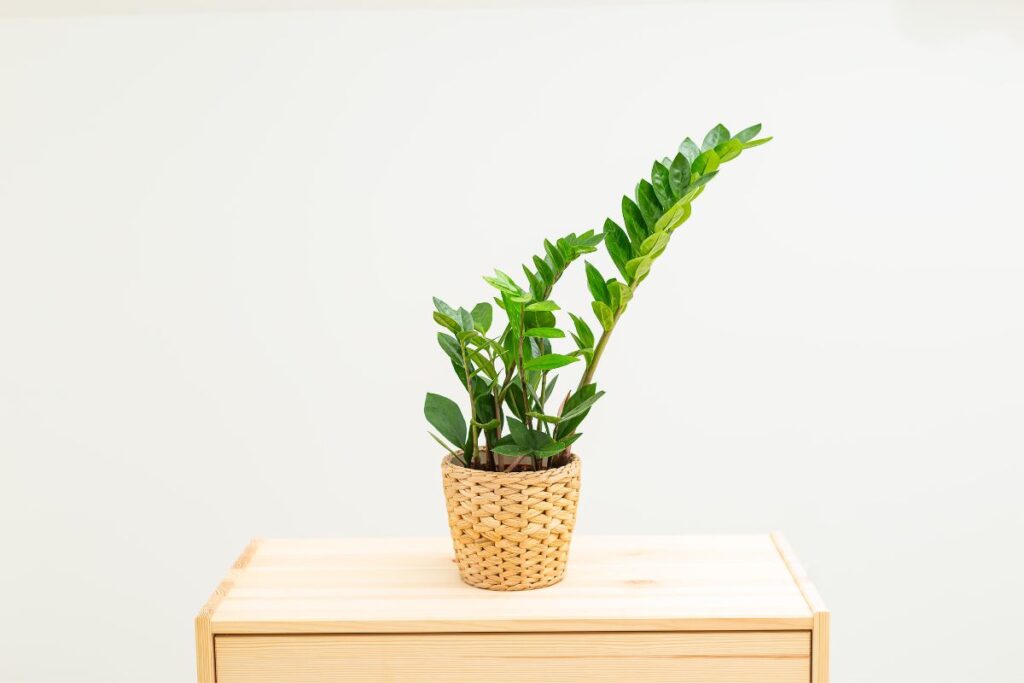
Thrives with minimal attention and stores moisture in its stems and rhizomes, surviving four to six weeks without water. Adaptable to low or bright light and forgiving of watering mistakes, making it ideal for both travelers and beginners.
African Spear Plant

Features cylindrical foliage that conserves moisture efficiently. Can go months between waterings. Low-key and durable with sleek architectural style.
Jade Plant
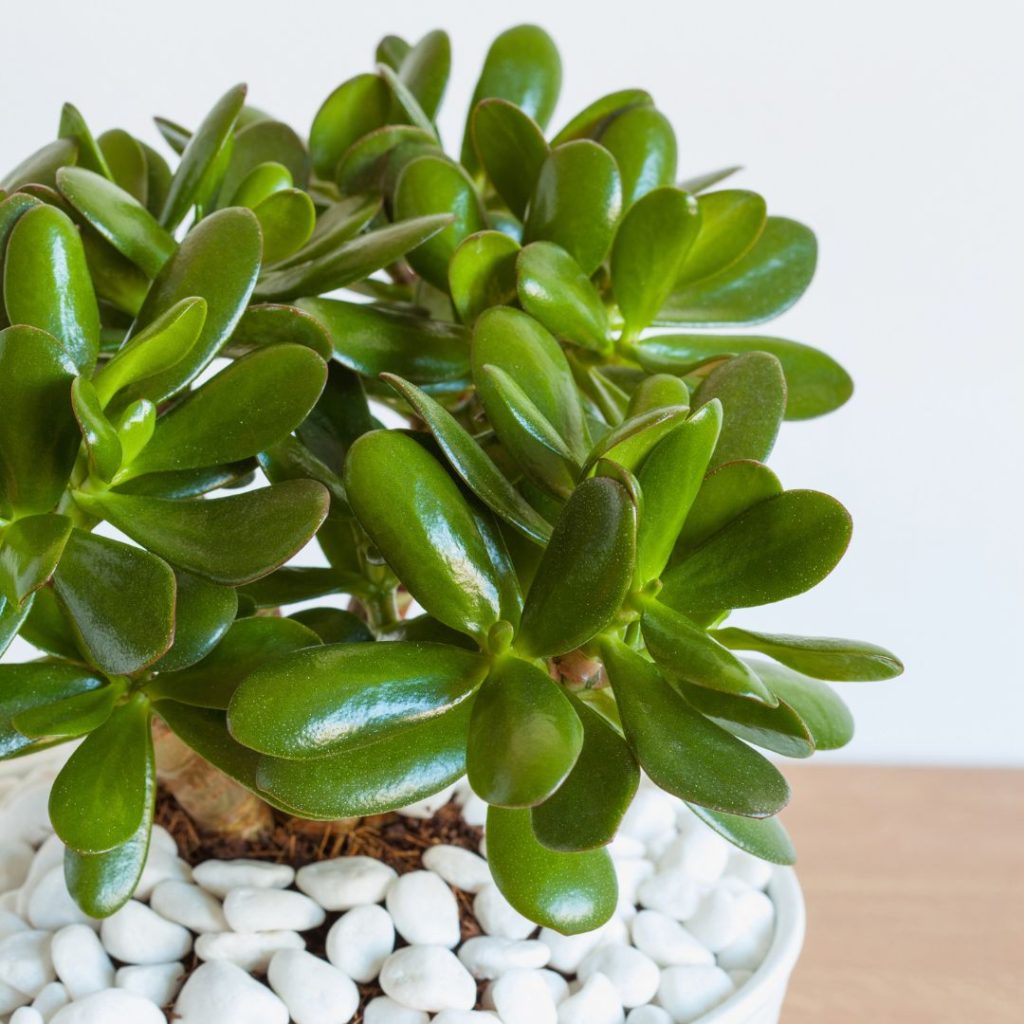
Needs watering only once a month and prefers underwatering to overwatering. Excellent option for people who travel frequently or want a no-fuss succulent.
Pothos
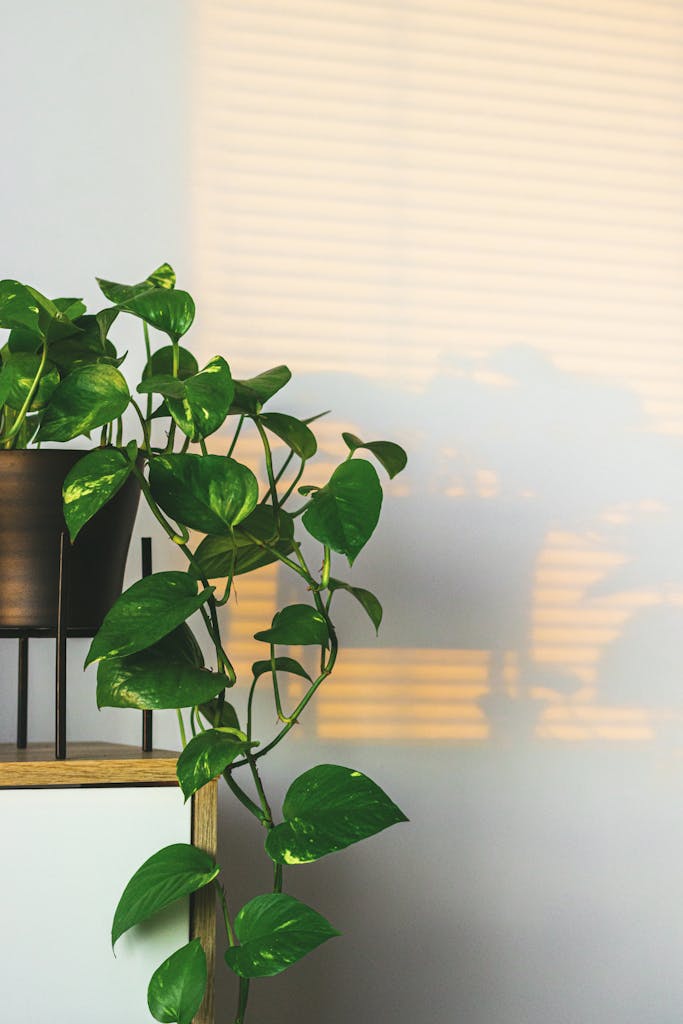
Beautiful trailing vines grow well in moderate to low light. Recovers quickly from neglect and is easy to propagate in water. Ideal for hallways, offices, or shelves with inconsistent lighting.
Cast Iron Plant
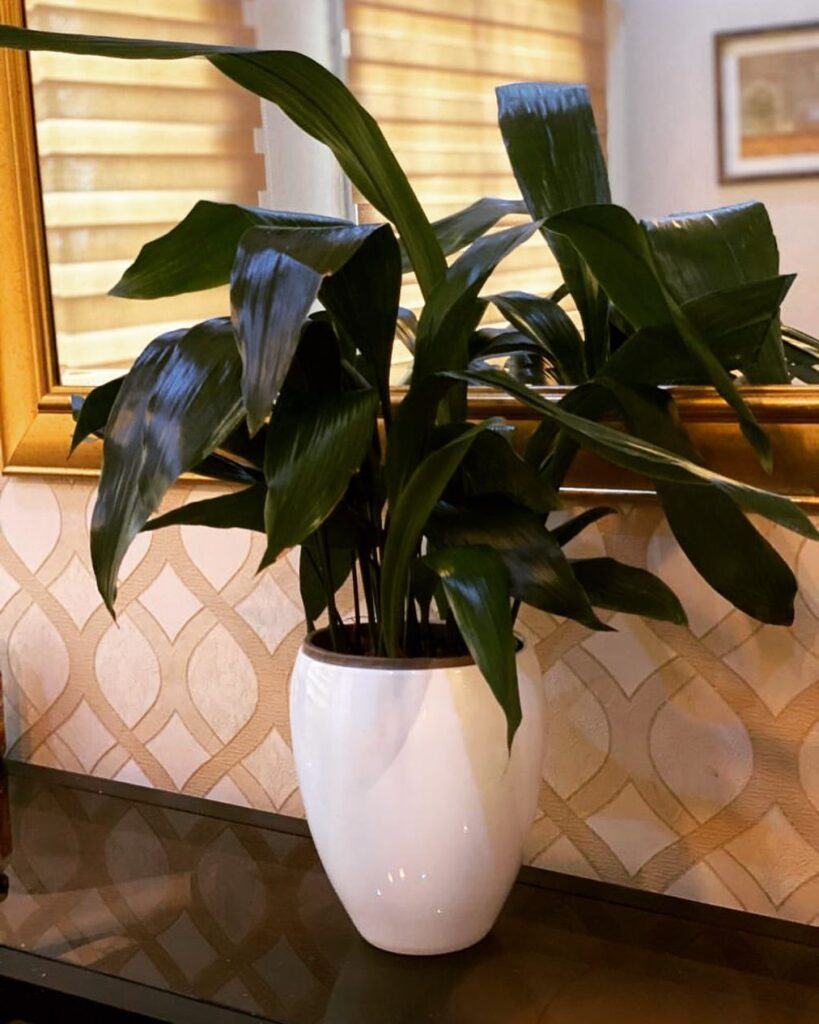
Thrives in low light and can survive under fluorescent lighting. Extremely resilient—hence the name—and tolerant of beginner mistakes like irregular watering or poor placement.
Spider Plant
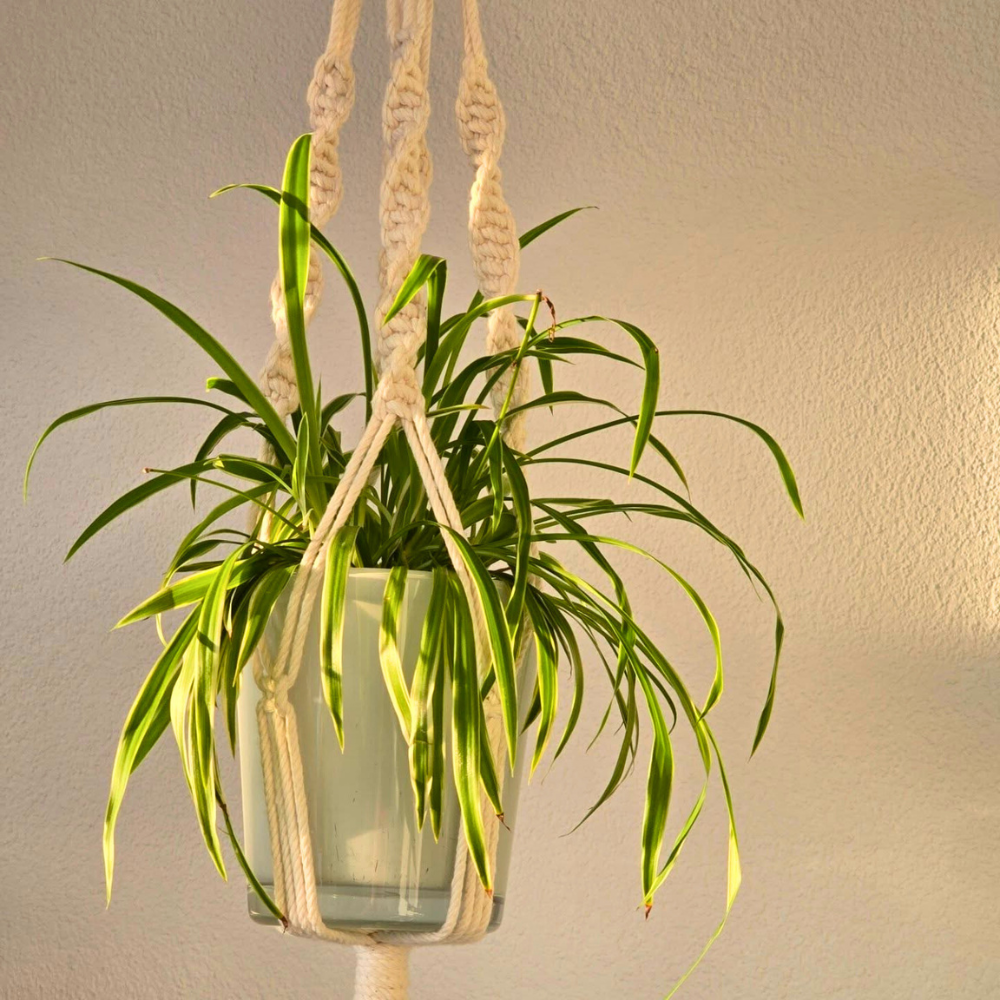
Adapts to a wide range of lighting conditions and is forgiving of irregular watering. Hardy, fast-growing, and beginner-friendly with the bonus of easy propagation through its baby offshoots.
Heartleaf Philodendron
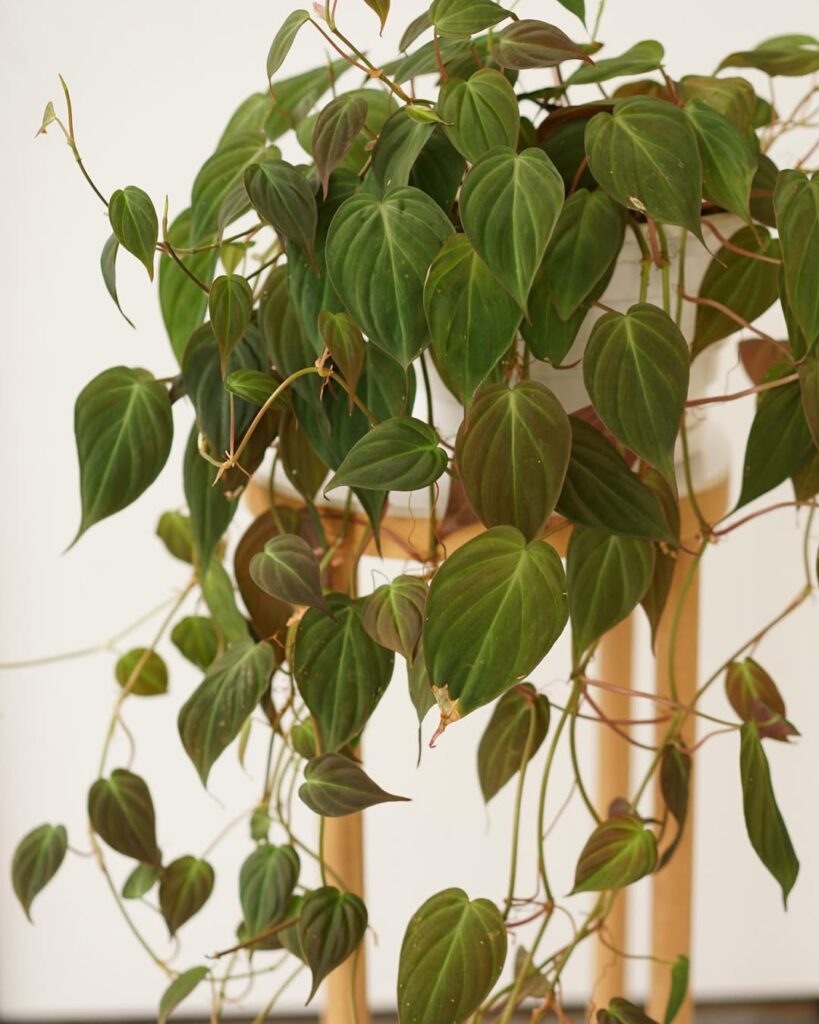
Easygoing with attractive heart-shaped leaves. Tolerates low light and bounces back quickly from underwatering. Great for new plant parents thanks to its fast growth and resilience.
Care Tips for Effortless Plant Survival
You don’t need complicated schedules or fancy tools to keep your plants thriving. Just stick to these expanded fundamentals:
🌱 Water Wisely
Most plant deaths happen from too much love—specifically overwatering. Always check the soil about 2 inches deep with your finger; if it feels dry, it’s time to water. If it’s still damp, wait a few days. Use pots with drainage holes to prevent root rot.
☀️ Light Matters, But Be Flexible
Place plants near windows with indirect light. Bright sunlight, especially in the afternoon, can scorch leaves. If natural light is limited, LED grow bulbs or fluorescent lighting can help—especially for cast iron or spider plants.
🪴 Skip Fertilizer (For Now)
Avoid fertilizing for the first six months, especially if you’ve just repotted or bought the plant. Quality potting soil has enough nutrients for new growth. When you’re ready to fertilize, choose a balanced liquid fertilizer and use it monthly.
🌿 Clean the Leaves
Dust can block light absorption. Wipe leaves gently with a damp cloth every few weeks to keep them looking fresh and functioning well.
🌱 Propagate with Ease
Try your hand at propagation—especially with pothos or spider plant babies. Cut a healthy vine just below a leaf node and place it in water. New roots will appear within three weeks, and you’ll have a new plant without spending a cent.
✈️ For Travelers
Water thoroughly before travel and move plants out of direct light to slow evaporation. ZZ, jade, and African spear plants are especially great for travel gaps thanks to their water-storing abilities.
